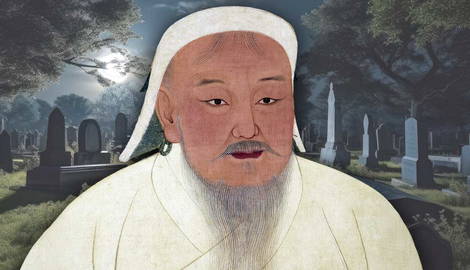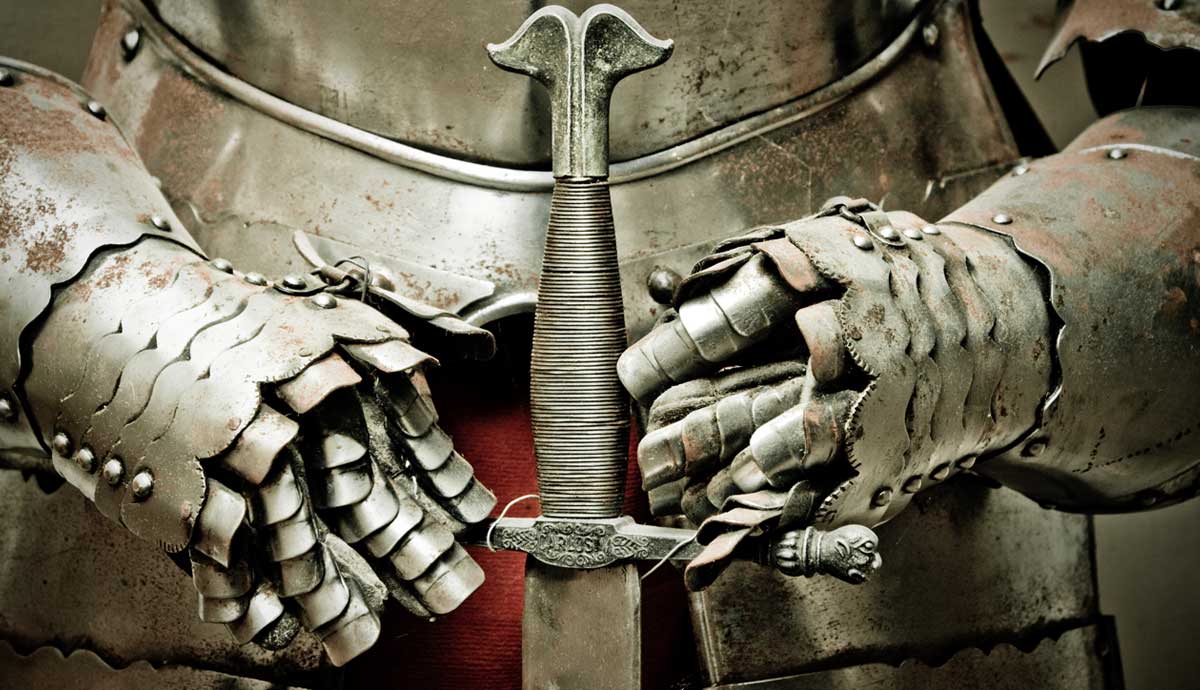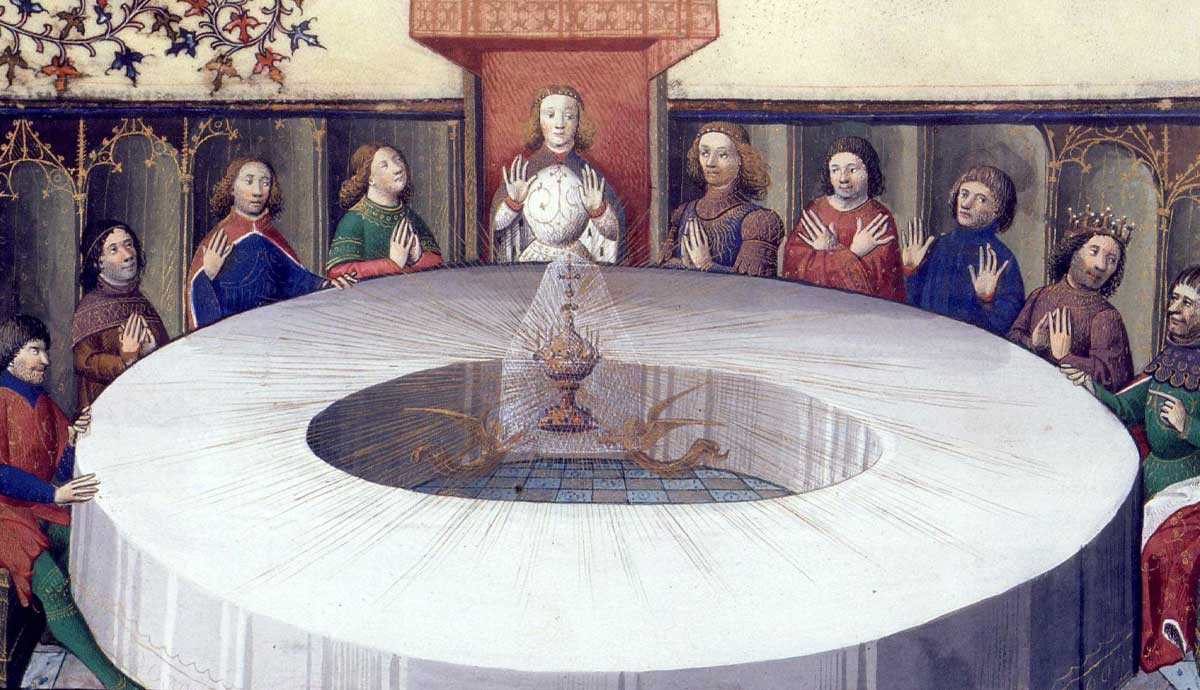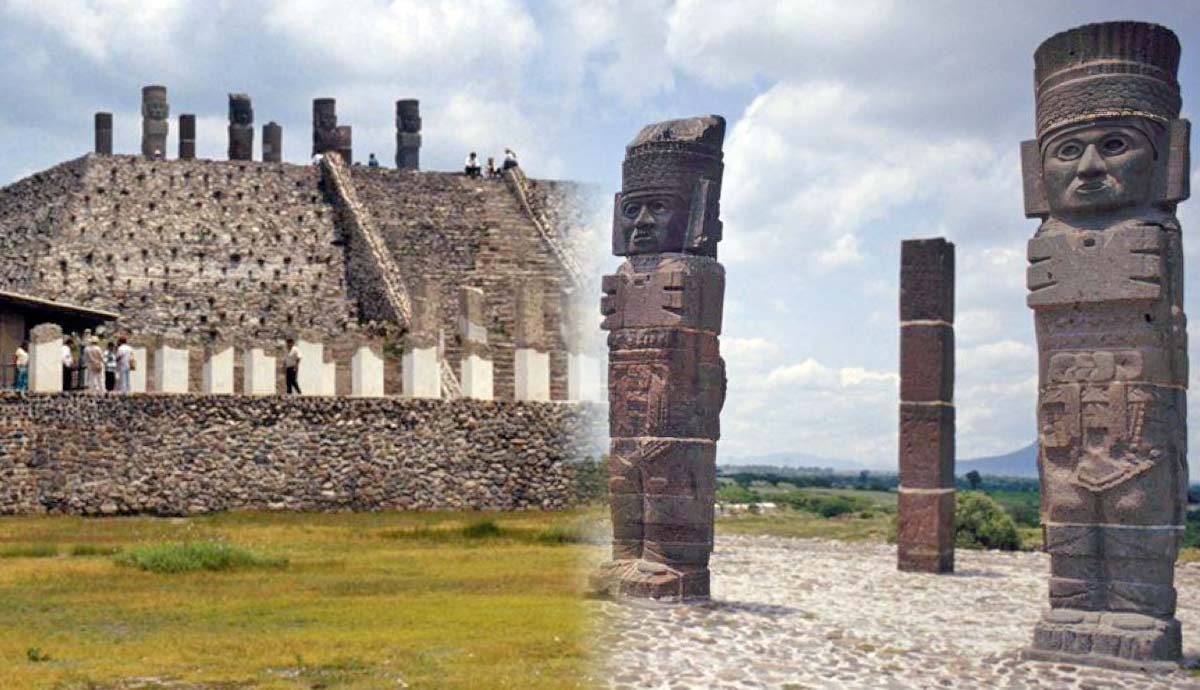
We know the ferocious and ruthless yet able Mongol Khan died in August 1227 aged 65. August 18 is often given as the date. However, the reasons for his death are still shrouded in mystery. His rise from Temujin to Genghis Khan just two decades prior marked an empire-building period like few others. At its height, the Mongol Empire would stretch from the Pacific’s edge to Europe’s borders. For decades, Khan’s mounted armies seemed unstoppable.
Where Khan Died

Genghis Khan died during the Mongol campaign against the Western Xia in northwestern China. His invasion, begun in 1225, came as revenge. The Xia refused troops or supplies for the Mongol’s eastern invasions. An irate Khan concluded those campaigns, returning west with a vengeance. Khan died mysteriously here, with his death being kept a secret. The Mongols won shortly after Khan’s death. In revenge, they massacred the Xia and razed the countryside, wiping out their civilization so only remnants remained.
The Known Facts of Khan’s Death

The only two confirmed facts regarding Khan’s death are the date and place—those being 1227 in northwest China. Conflicting theories exist regarding the death of Genghis Khan. These are difficult to confirm due to the fragmentary or contradictory nature of historical records and oral histories. The Mongols https://cdn.thecollector.com/wp-content/uploads/2025/05/genghis-khan-deathbed.jpgkept Khan’s death a secret, likely to keep the Empire stable and prevent chaos and exploitation by their enemies. The Mongols remained silent about his fall until their victory against the Western Xia.
The Unproven Theories

The theories about Khan’s death remain just that. The most prevalent theory is that medical complications from a horse fall led to Khan’s death. Researchers believe the cause was injuries, internal damage, or infection.
The History of Yuan, or China’s Mongol dynasty (1271-1368), states that the Khan perished from illness. He lasted for eight days but never disclosed the name of the sickness. Speculation around this cause ranges from infectious diseases, such as typhoid or bubonic plague. Coincidentally, the Mongol troops suffered an outbreak of the Black Death during the Western Xia campaign.

Another myth also created long after his death to sully his image claimed a princess stabbed Genghis Khan. This Tangut princess, from the Western Xia kingdom, either stabbed or castrated the Mongol ruler. This tale is understood to be fiction, spread by rivals to humiliate Khan’s memory.
The last rumor to appear stated that Khan met his demise from battle wounds. Khan’s aggressive campaigns meant he led from the front, potentially putting him in harm’s way. An arrow struck Khan, injuring but killing him. According to secondary information, the wound became infected, turning fatal. Like the other rumors, this one also originated from secondary sources. Little concrete evidence exists for validation.
The Reason for the Theories and Myths

The reasons for the uncertainty about Khan’s death, like the myths, vary, unfortunately. Any news of Genghis Khan’s death would rock their empire. Remaining secretive meant keeping order and, in modern politics, “controlling the narrative.” The Mongols kept few written records, which further complicated the event for scholars centuries later.
Contrasting the manner of Khan’s death was how his enemies tweaked the story. Persian and Chinese stories and accounts exaggerated or discounted the event. For example, Khan’s castration by a princess or a divine retribution all to make him less invincible, tarnishing Khan’s legacy.
Some tales make for a sensational ending to Khan’s life. A death caused by battle wound infections or succumbing to horse fall-related injuries sounds better. The Mongols even spun a the tale of divine intervention.

Despite the rumors concerning how Genghis Khan died, the most widely accepted account is that he fell from his horse while hunting. Mongols lived a difficult life in a harsh environment, had bad diets, and were always on the move. So, the belief is the fall caused internal injuries. As a man in his 60s, Khan’s chances of recovery would be minimal. Unfortunately, all remains speculation with the lack of a body. Khan’s followers adhered to his wishes for a secret burial, thereby creating one of history’s enduring myths.
Genghis Khan’s Secret Burial

Khan’s body was returned to Mongolia, specifically the sacred mountain called Burkhan Khaldun. Slaves dug deep and entombed Khan. Next, Khan’s men executed the slaves and possibly the slaves’ guards, plus any bystanders. The site remained unmarked, with few knowing its exact location. With no known spot, Khan hoped to deter enemies and looters. Khan’s followed Mongol funeral practices of hidden burials. This frustrates historians wishing to know the end of Khan’s story. Despite many failed expeditions, the great Khan’s grave and ending remain a mystery.









